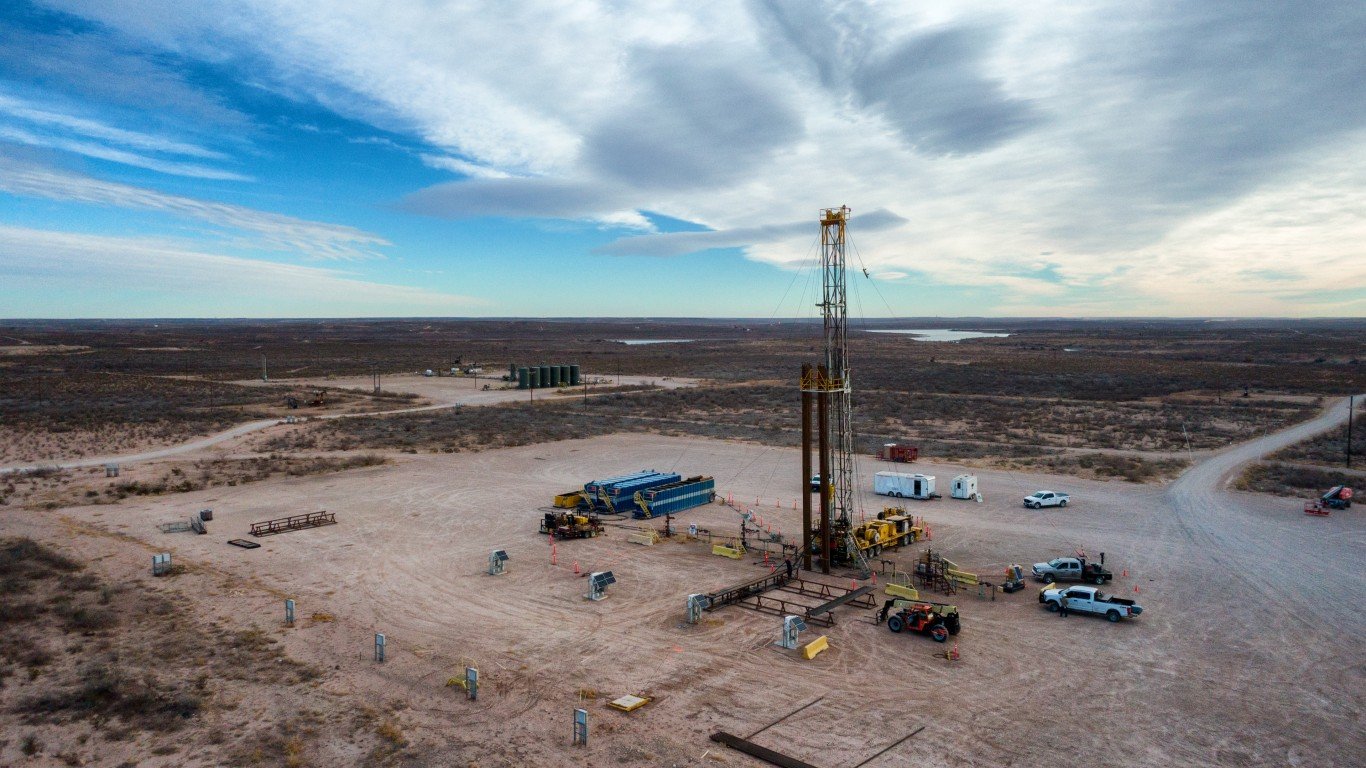The U.S. Energy Information Administration (EIA) issues a monthly report detailing oil and natural gas production in the seven major U.S. production regions. Included in that report is a count of oil and gas wells that have been drilled but are not yet producing, called drilled but uncompleted wells, or DUCs. There were more than 8,100 DUCs at their peak in 2019.
At the end of this past April, there were 4,223 DUCs in those seven regions, 70 fewer than at the end of March. Those 70 wells had been “completed” during April. Completion refers to a complicated process that turns a hole in the ground into a producing oil or natural gas well. In U.S. shale basins, the completion process typically includes a well stimulation step that is referred to as hydraulic fracturing, aka fracking.
That fracking step includes forcing a concoction of water, chemicals and sand into the wellbore that expands under high pressure and forces the mixture into tiny cracks in the surrounding rock. The sand in the mixture props open the cracks, allowing the oil or gas to flow into a pipe and be pumped to the surface.
Pressure pumping is a requirement of fracking well completion, and there are companies that specialize in that business. While the largest of these is well-known, there are four others to which Stifel analysts have reiterated or initiated coverage with a Buy rating.
The post 5 Overlooked US Oil & Gas Stocks With Huge Upside Potential originally appeared at 24/7 Wall St.
